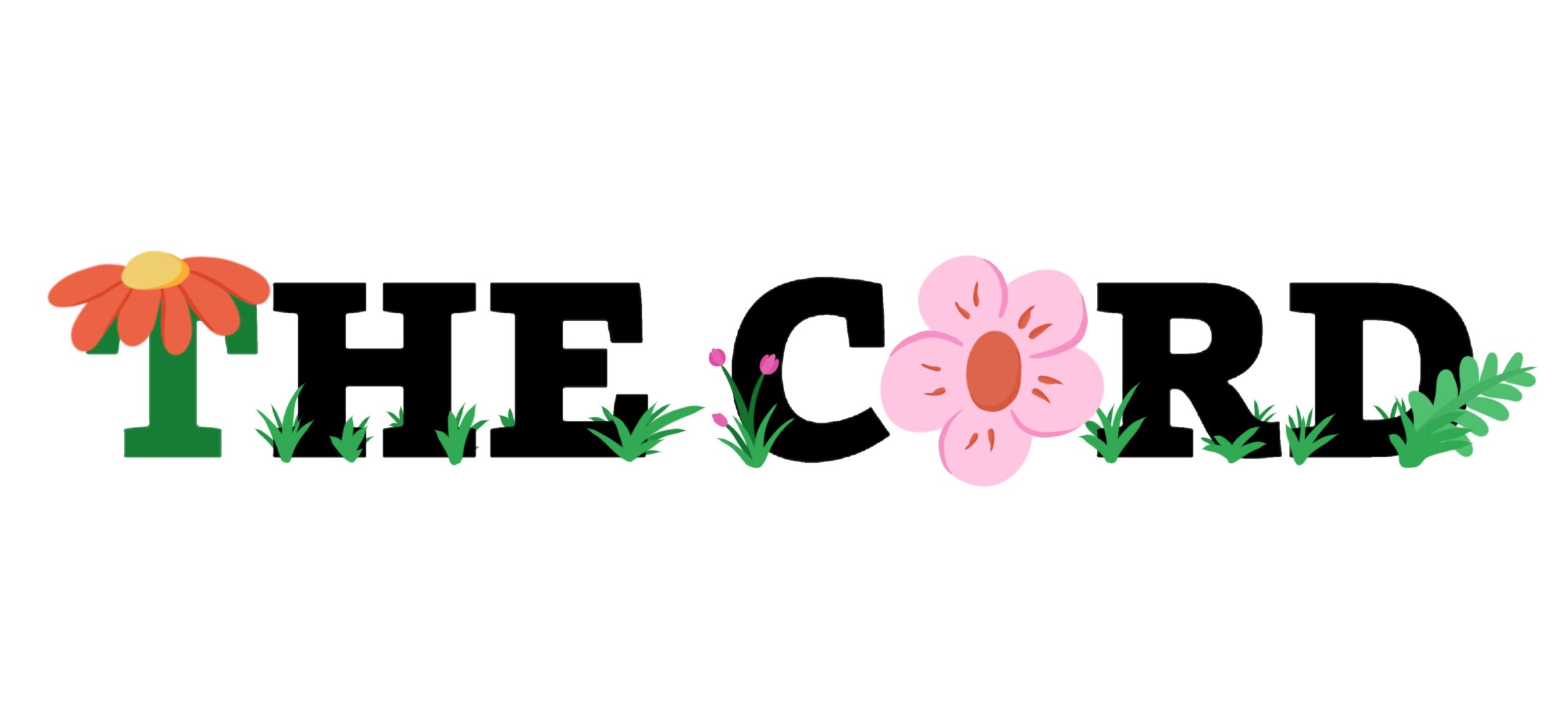The Langen gallery releases its new exhibit: Hive
Encircled with hand-woven vines and centre piecing a construction of recycled materials, Laurier’s Robert Langen Art Gallery welcomes its newest exhibition, Hive.
Created by Guelph based artist Janet Morton, Hive is a mixed-media installation with three main components: a 1940s typewriter, a replica beehive and a garden of hybrid objects.
A curious exhibition from the start, Morton’s Hive challenges spectators to develop their own interpretations from the piece.
“Ideally, my aim is that it makes people ask themselves questions,” Morton told The Cord in a phone interview.
The artist has set up exhibitions locally and internationally, from the Kitchener-Waterloo Art Gallery and Nuitblanche to the San Jose Museum of Quilts and Textiles in California.
“I love how already I’ve had so many people tell me what they think the piece is about … and it’s different things. I think that means that I’ve done something right,” said Morton.
The first component, the typewriter, does not release typed words, but instead, strands of green yarn.
Travelling across the room, the yarn quickly transforms into full-fledged vines, enveloping parts of the beehive as they continue across the room.
The centre of the exhibition, the hive, is constructed from hundreds of one litre plastic containers with a light in the centre – a glowing gateway to what is the most interesting part of the room, the garden.
“It’s almost like … stepping into some kind of enchanted garden … into this whole different environment,” said the gallery’s curator Suzanne Luke, referring to the final portion of the exhibit.
With hand-woven vines entangling ordinary objects such as an iron, alphabet letters, a phone and a doll in yarn, this part of the exhibit is as bewildering as it is enticing.
“Each of the different elements of the piece contributes to a potential reading,” explained Morton.
“Letters on the wall refer back to the typewriter but [also] refer to kind of developmental thoughts … putting ideas into words,” she continued.
Luke described the exhibit as “taking the viewer on a voyage to understand and re-evaluate your relationship with the environment….By using a hive, she’s using that as a metaphor for the creative thinking process.”
In addition to her creative and unusual concepts, Morton’s use of “reclaimed” materials is new to the Robert Langen Gallery.
“We’ve never had anyone who has used reclaimed materials or used textile in their work like that,” said Luke.
“I think it raises our awareness on campus of how we use materials and how we recycle and how that relates back to the environment,” Luke continued.
For Morton, this use of environmentally-friendly materials is not new.
“I’ve had environmental concerns for as long as I can remember … I’ve also been working with found objects from the very beginning, even when I was back in art school. And before … my mother used to try to stop me from bringing home piles,” Morton joked.
“We don’t think twice about a lot of the materials that are around us all the time. I think if we thought about those things, our habits of consumption would change radically.”
Hive is available for viewing until April 3 at the Robert Langen Ar Gallery in the John Aird Centre.


